Janek Thomas
Multi-Objective Optimization of Performance and Interpretability of Tabular Supervised Machine Learning Models
Jul 17, 2023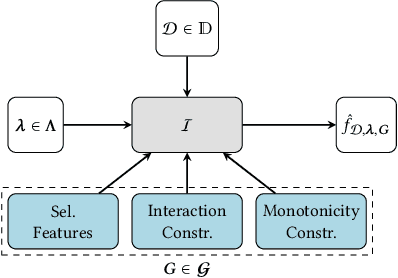

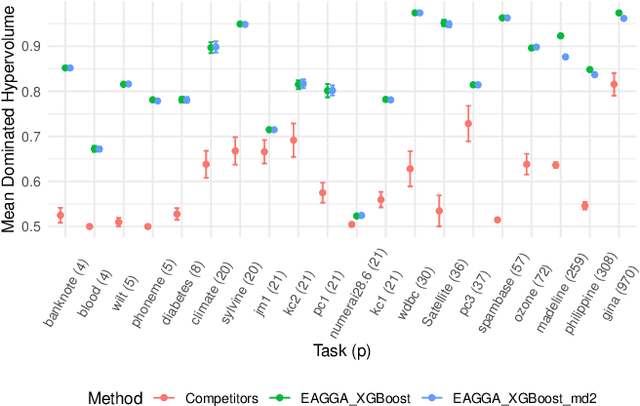
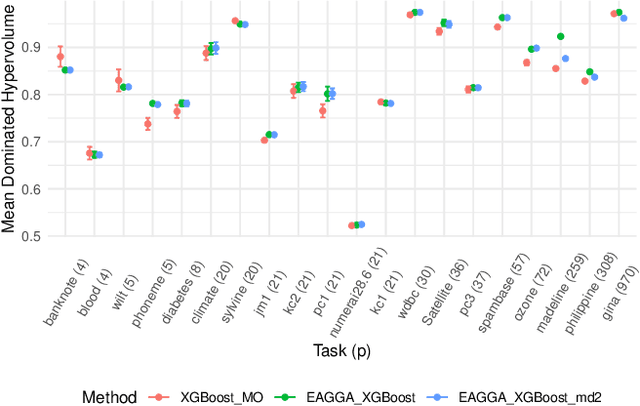
Abstract:We present a model-agnostic framework for jointly optimizing the predictive performance and interpretability of supervised machine learning models for tabular data. Interpretability is quantified via three measures: feature sparsity, interaction sparsity of features, and sparsity of non-monotone feature effects. By treating hyperparameter optimization of a machine learning algorithm as a multi-objective optimization problem, our framework allows for generating diverse models that trade off high performance and ease of interpretability in a single optimization run. Efficient optimization is achieved via augmentation of the search space of the learning algorithm by incorporating feature selection, interaction and monotonicity constraints into the hyperparameter search space. We demonstrate that the optimization problem effectively translates to finding the Pareto optimal set of groups of selected features that are allowed to interact in a model, along with finding their optimal monotonicity constraints and optimal hyperparameters of the learning algorithm itself. We then introduce a novel evolutionary algorithm that can operate efficiently on this augmented search space. In benchmark experiments, we show that our framework is capable of finding diverse models that are highly competitive or outperform state-of-the-art XGBoost or Explainable Boosting Machine models, both with respect to performance and interpretability.
MO-DEHB: Evolutionary-based Hyperband for Multi-Objective Optimization
May 11, 2023Abstract:Hyperparameter optimization (HPO) is a powerful technique for automating the tuning of machine learning (ML) models. However, in many real-world applications, accuracy is only one of multiple performance criteria that must be considered. Optimizing these objectives simultaneously on a complex and diverse search space remains a challenging task. In this paper, we propose MO-DEHB, an effective and flexible multi-objective (MO) optimizer that extends the recent evolutionary Hyperband method DEHB. We validate the performance of MO-DEHB using a comprehensive suite of 15 benchmarks consisting of diverse and challenging MO problems, including HPO, neural architecture search (NAS), and joint NAS and HPO, with objectives including accuracy, latency and algorithmic fairness. A comparative study against state-of-the-art MO optimizers demonstrates that MO-DEHB clearly achieves the best performance across our 15 benchmarks.
Tackling Neural Architecture Search With Quality Diversity Optimization
Jul 30, 2022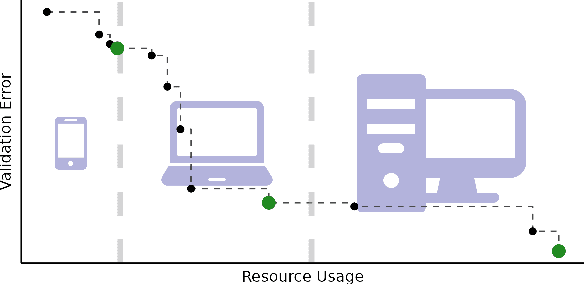

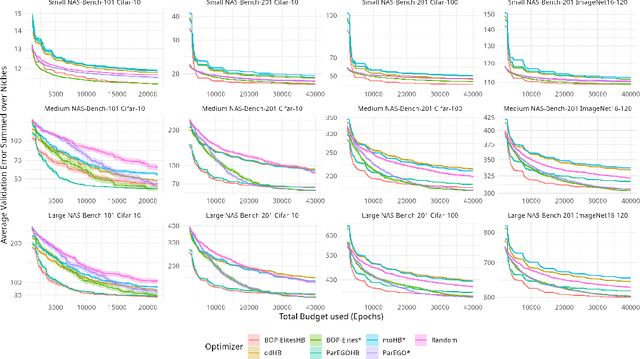

Abstract:Neural architecture search (NAS) has been studied extensively and has grown to become a research field with substantial impact. While classical single-objective NAS searches for the architecture with the best performance, multi-objective NAS considers multiple objectives that should be optimized simultaneously, e.g., minimizing resource usage along the validation error. Although considerable progress has been made in the field of multi-objective NAS, we argue that there is some discrepancy between the actual optimization problem of practical interest and the optimization problem that multi-objective NAS tries to solve. We resolve this discrepancy by formulating the multi-objective NAS problem as a quality diversity optimization (QDO) problem and introduce three quality diversity NAS optimizers (two of them belonging to the group of multifidelity optimizers), which search for high-performing yet diverse architectures that are optimal for application-specific niches, e.g., hardware constraints. By comparing these optimizers to their multi-objective counterparts, we demonstrate that quality diversity NAS in general outperforms multi-objective NAS with respect to quality of solutions and efficiency. We further show how applications and future NAS research can thrive on QDO.
AMLB: an AutoML Benchmark
Jul 25, 2022



Abstract:Comparing different AutoML frameworks is notoriously challenging and often done incorrectly. We introduce an open and extensible benchmark that follows best practices and avoids common mistakes when comparing AutoML frameworks. We conduct a thorough comparison of 9 well-known AutoML frameworks across 71 classification and 33 regression tasks. The differences between the AutoML frameworks are explored with a multi-faceted analysis, evaluating model accuracy, its trade-offs with inference time, and framework failures. We also use Bradley-Terry trees to discover subsets of tasks where the relative AutoML framework rankings differ. The benchmark comes with an open-source tool that integrates with many AutoML frameworks and automates the empirical evaluation process end-to-end: from framework installation and resource allocation to in-depth evaluation. The benchmark uses public data sets, can be easily extended with other AutoML frameworks and tasks, and has a website with up-to-date results.
Multi-Objective Hyperparameter Optimization -- An Overview
Jun 15, 2022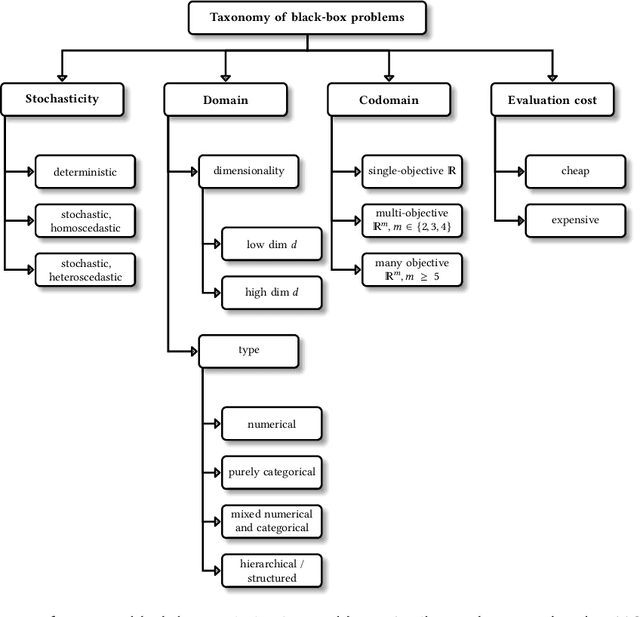

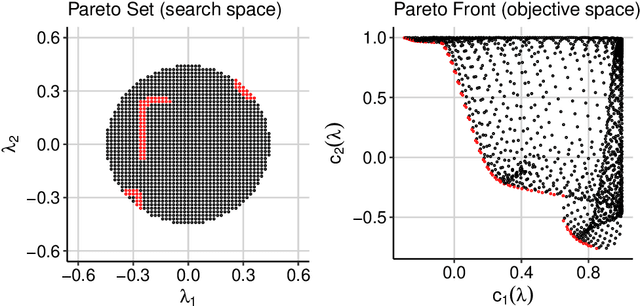
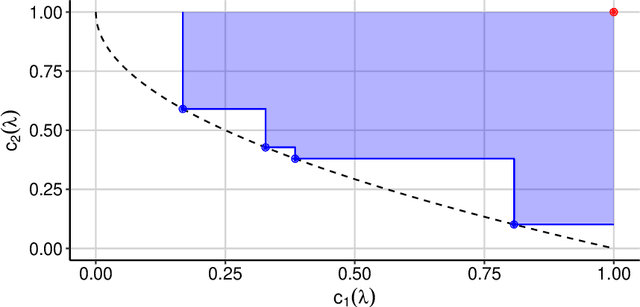
Abstract:Hyperparameter optimization constitutes a large part of typical modern machine learning workflows. This arises from the fact that machine learning methods and corresponding preprocessing steps often only yield optimal performance when hyperparameters are properly tuned. But in many applications, we are not only interested in optimizing ML pipelines solely for predictive accuracy; additional metrics or constraints must be considered when determining an optimal configuration, resulting in a multi-objective optimization problem. This is often neglected in practice, due to a lack of knowledge and readily available software implementations for multi-objective hyperparameter optimization. In this work, we introduce the reader to the basics of multi- objective hyperparameter optimization and motivate its usefulness in applied ML. Furthermore, we provide an extensive survey of existing optimization strategies, both from the domain of evolutionary algorithms and Bayesian optimization. We illustrate the utility of MOO in several specific ML applications, considering objectives such as operating conditions, prediction time, sparseness, fairness, interpretability and robustness.
A Collection of Quality Diversity Optimization Problems Derived from Hyperparameter Optimization of Machine Learning Models
Apr 28, 2022



Abstract:The goal of Quality Diversity Optimization is to generate a collection of diverse yet high-performing solutions to a given problem at hand. Typical benchmark problems are, for example, finding a repertoire of robot arm configurations or a collection of game playing strategies. In this paper, we propose a set of Quality Diversity Optimization problems that tackle hyperparameter optimization of machine learning models - a so far underexplored application of Quality Diversity Optimization. Our benchmark problems involve novel feature functions, such as interpretability or resource usage of models. To allow for fast and efficient benchmarking, we build upon YAHPO Gym, a recently proposed open source benchmarking suite for hyperparameter optimization that makes use of high performing surrogate models and returns these surrogate model predictions instead of evaluating the true expensive black box function. We present results of an initial experimental study comparing different Quality Diversity optimizers on our benchmark problems. Furthermore, we discuss future directions and challenges of Quality Diversity Optimization in the context of hyperparameter optimization.
Hyperparameter Optimization: Foundations, Algorithms, Best Practices and Open Challenges
Jul 14, 2021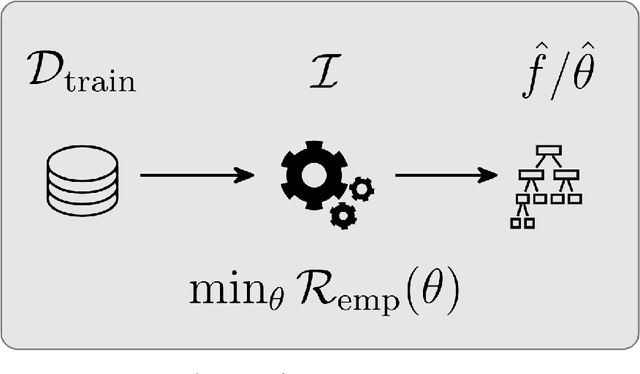
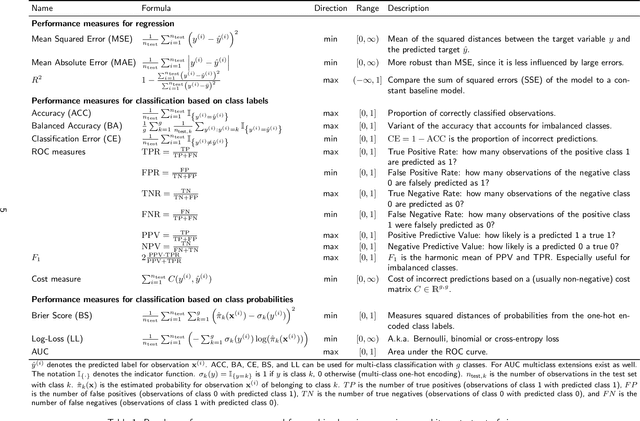
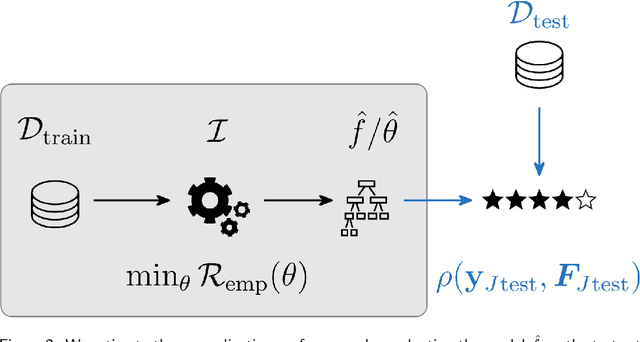
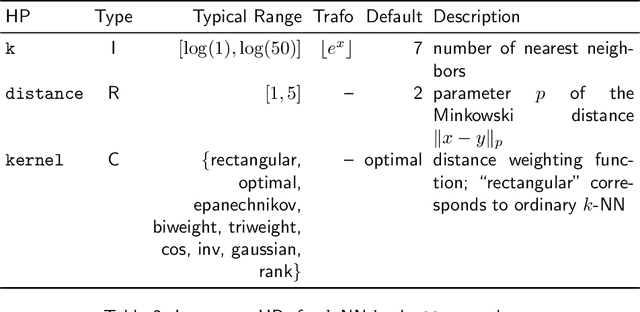
Abstract:Most machine learning algorithms are configured by one or several hyperparameters that must be carefully chosen and often considerably impact performance. To avoid a time consuming and unreproducible manual trial-and-error process to find well-performing hyperparameter configurations, various automatic hyperparameter optimization (HPO) methods, e.g., based on resampling error estimation for supervised machine learning, can be employed. After introducing HPO from a general perspective, this paper reviews important HPO methods such as grid or random search, evolutionary algorithms, Bayesian optimization, Hyperband and racing. It gives practical recommendations regarding important choices to be made when conducting HPO, including the HPO algorithms themselves, performance evaluation, how to combine HPO with ML pipelines, runtime improvements, and parallelization.
Regularized target encoding outperforms traditional methods in supervised machine learning with high cardinality features
Apr 01, 2021



Abstract:Because most machine learning (ML) algorithms are designed for numerical inputs, efficiently encoding categorical variables is a crucial aspect during data analysis. An often encountered problem are high cardinality features, i.e. unordered categorical predictor variables with a high number of levels. We study techniques that yield numeric representations of categorical variables which can then be used in subsequent ML applications. We focus on the impact of those techniques on a subsequent algorithm's predictive performance, and -- if possible -- derive best practices on when to use which technique. We conducted a large-scale benchmark experiment, where we compared different encoding strategies together with five ML algorithms (lasso, random forest, gradient boosting, k-nearest neighbours, support vector machine) using datasets from regression, binary- and multiclass- classification settings. Throughout our study, regularized versions of target encoding (i.e. using target predictions based on the feature levels in the training set as a new numerical feature) consistently provided the best results. Traditional encodings that make unreasonable assumptions to map levels to integers (e.g. integer encoding) or to reduce the number of levels (possibly based on target information, e.g. leaf encoding) before creating binary indicator variables (one-hot or dummy encoding) were not as effective.
Deep Semi-Supervised Learning for Time Series Classification
Feb 06, 2021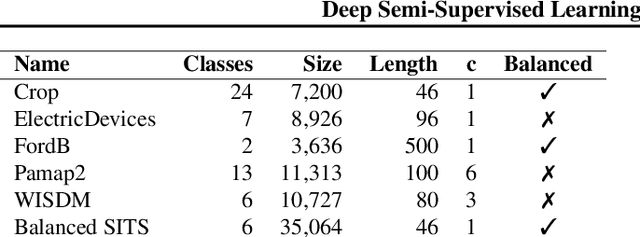
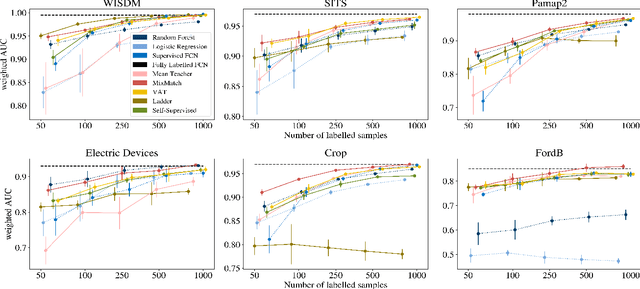
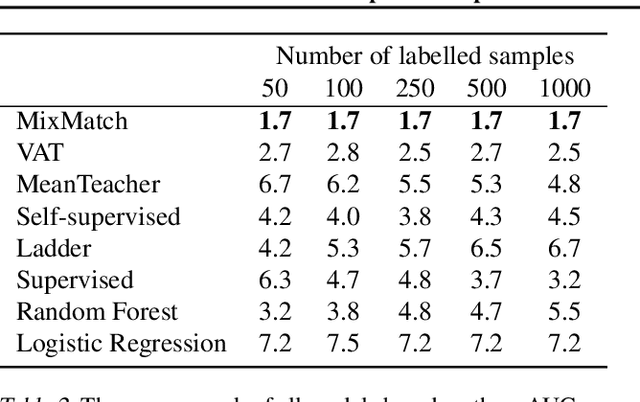
Abstract:While Semi-supervised learning has gained much attention in computer vision on image data, yet limited research exists on its applicability in the time series domain. In this work, we investigate the transferability of state-of-the-art deep semi-supervised models from image to time series classification. We discuss the necessary model adaptations, in particular an appropriate model backbone architecture and the use of tailored data augmentation strategies. Based on these adaptations, we explore the potential of deep semi-supervised learning in the context of time series classification by evaluating our methods on large public time series classification problems with varying amounts of labelled samples. We perform extensive comparisons under a decidedly realistic and appropriate evaluation scheme with a unified reimplementation of all algorithms considered, which is yet lacking in the field. We find that these transferred semi-supervised models show significant performance gains over strong supervised, semi-supervised and self-supervised alternatives, especially for scenarios with very few labelled samples.
Multi-Objective Hyperparameter Tuning and Feature Selection using Filter Ensembles
Feb 13, 2020
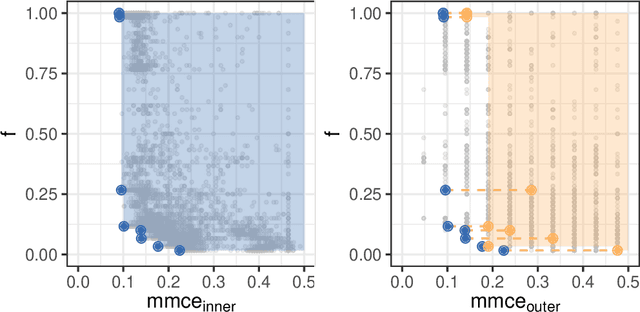
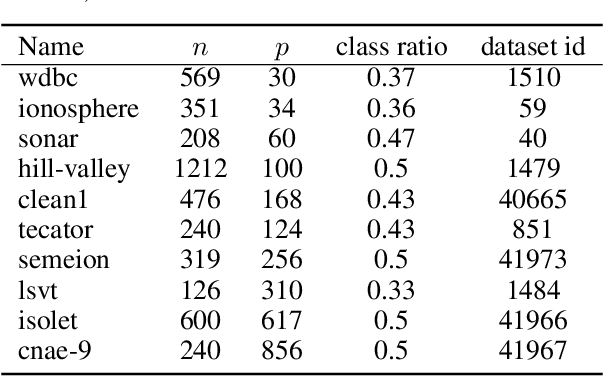
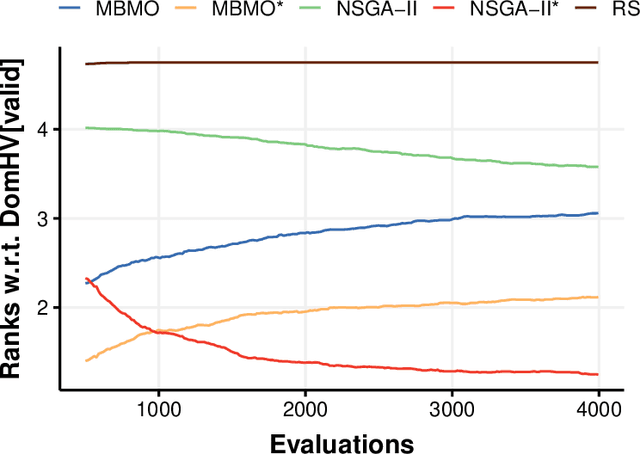
Abstract:Both feature selection and hyperparameter tuning are key tasks in machine learning. Hyperparameter tuning is often useful to increase model performance, while feature selection is undertaken to attain sparse models. Sparsity may yield better model interpretability and lower cost of data acquisition, data handling and model inference. While sparsity may have a beneficial or detrimental effect on predictive performance, a small drop in performance may be acceptable in return for a substantial gain in sparseness. We therefore treat feature selection as a multi-objective optimization task. We perform hyperparameter tuning and feature selection simultaneously because the choice of features of a model may influence what hyperparameters perform well. We present, benchmark, and compare two different approaches for multi-objective joint hyperparameter optimization and feature selection: The first uses multi-objective model-based optimization. The second is an evolutionary NSGA-II-based wrapper approach to feature selection which incorporates specialized sampling, mutation and recombination operators. Both methods make use of parameterized filter ensembles. While model-based optimization needs fewer objective evaluations to achieve good performance, it incurs computational overhead compared to the NSGA-II, so the preferred choice depends on the cost of evaluating a model on given data.
 Add to Chrome
Add to Chrome Add to Firefox
Add to Firefox Add to Edge
Add to Edge